Many people put riding a camel on their bucket list, yet not many know anything about this wonderful animal. Take a look at our list of 26 weird and bizarre facts about camels to learn more about this amazing creature.
1. The world “camel” comes from an Arabic word that translates to “beauty.”
2. Contrary to popular belief, a camel’s hump doesn’t store water, it stores fat. It helps the rest of their body stay cool and, when needed, the extra fat converts into extra energy when the camel needs it.
3. Camels can drink up to 40 gallons of water at once.
4. During the Second World War, German tank drivers would drive over camel feces thinking that it would bring them good luck.
5. Arabian camels have only one hump, while Asian camels have two.
6. Camels are incredibly important to Arabian culture. In fact, they’re so iconic that there are more than 160 words which mean camel.
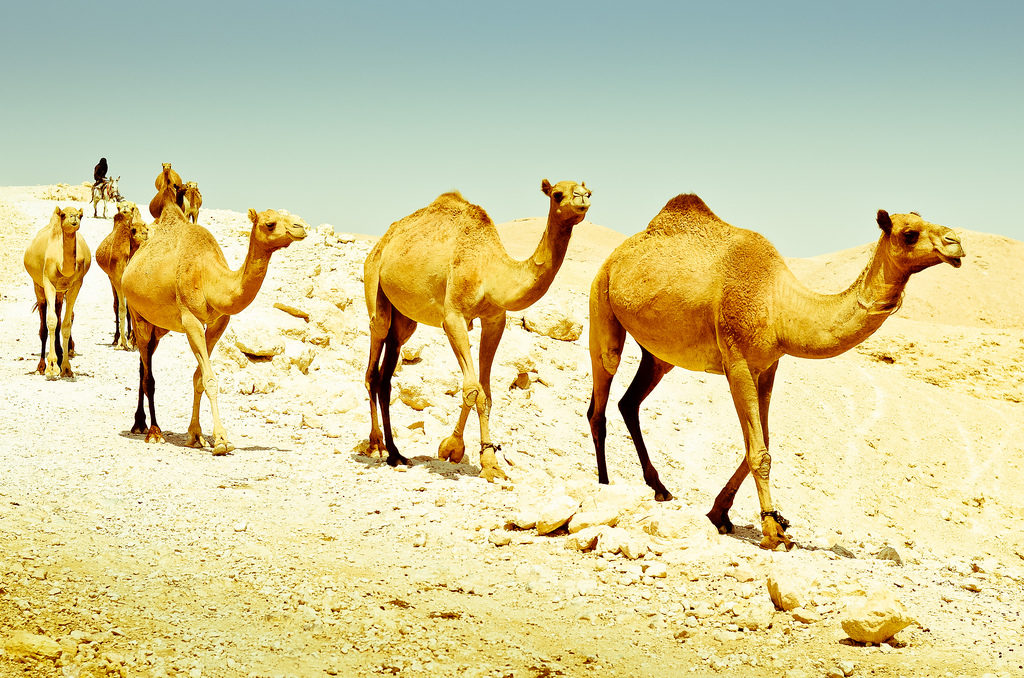
7. Camels are very social and, in the wild, they will travel with 30 others camels in a group.
8. Camel’s mouths are extremely durable, which makes it easy for them to eat thorny twigs and other strange vegetation without causing any injury.
9. There are more than 14 million camels in the world, however, the vast majority of them live in the Middle East, Australia and Asia.
10. In Turkey, every January a major camel wrestling event takes place.
11. The majority of mammals, including humans, will become dehydrated once they love 15% of water in their system. However, camels can lose up to 25% before dehydration kicks in.
12. A camel’s nostrils can retain water vapour that can be returned to the body when necessary. They can also close when there’s sand or wind blowing.
13. In some Middle Eastern countries, camels are eaten and are seen as a delicacy. In fact, the hump is said to be the best tasting part as it’s filled with fat.
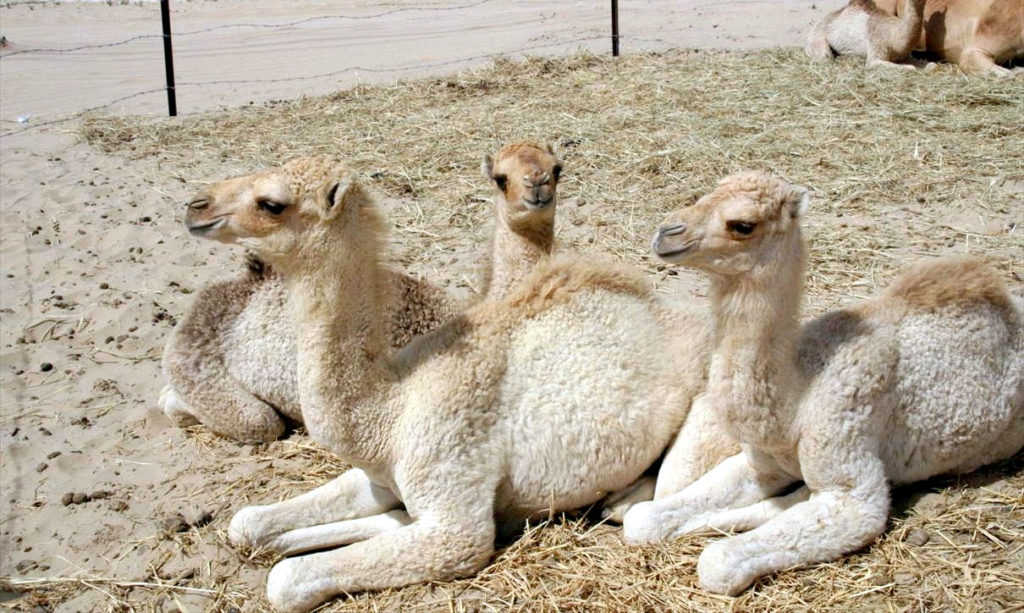
14. If they feel threatened, they will spit at you as a defense mechanism.
15. Ancient Greeks, Romans and Persians used to ride camels during wartime.
16. It’s said that the grandfather of the prophet Mohammad almost sacrificed one of his sons to an Arabic god named Hubal but the god accepted 100 camels as an alternative sacrifice. This shows how important they are to the Middle Eastern culture.
17. In 1855, the U.S. Congress allowed the War Department to purchase $30,000 worth of camels. They were used for several years, until the soldiers became tired of the smell and their bad temper.
18. The world’s largest meal included a roasted camel and it was served at a massive Arabic wedding feast.
19. Wild Bactrians are the only camel species that have never been tamed or domesticated. They live in the wastelands of Eastern Asia and are very resilient creatures.
20. There are less than a 1,000 Wild Bactrians left on the planet, largely due to the fact that they have not been domesticated.
21. In Abu Dhabi, you can buy a camel milkshake, which is made with real camel milk. Camel milk has more Vitamin C and iron that a cow’s milk.
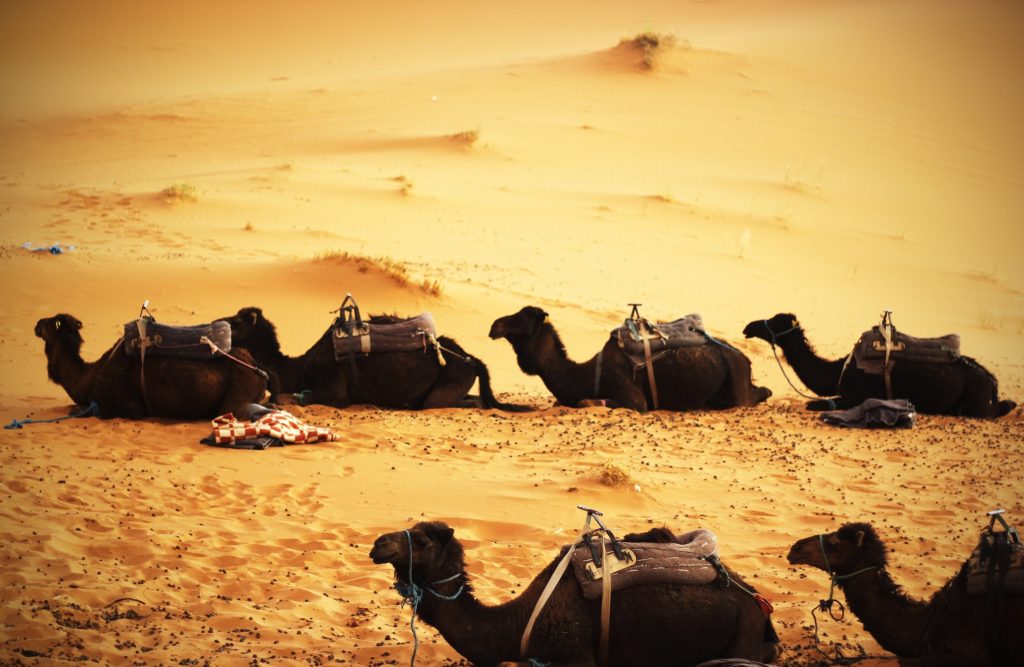
22. The Camel Mobile Library uses camels to transport books to areas which would not otherwise have access to a library. This mobile library allows the people of Kenya some access to literature.
23. While a camel might appear to have thick fur, it’s soft coat actually reflects the sun. This makes it perfect for the hot desert, where the camel stays cool for a longer period of time.
24. Camels can run up to speeds of 40 miles per hour. However, those are just shorts bursts, as their regular running speed is more around 25 miles per hour.
25. A baby camel doesn’t have a hump. However, once the offspring is old enough to eat solid food, the hump, or humps, will begin to grow.
26. Camels have two rows of thick eyelashes that protect their eyes from the harsh desert dust.

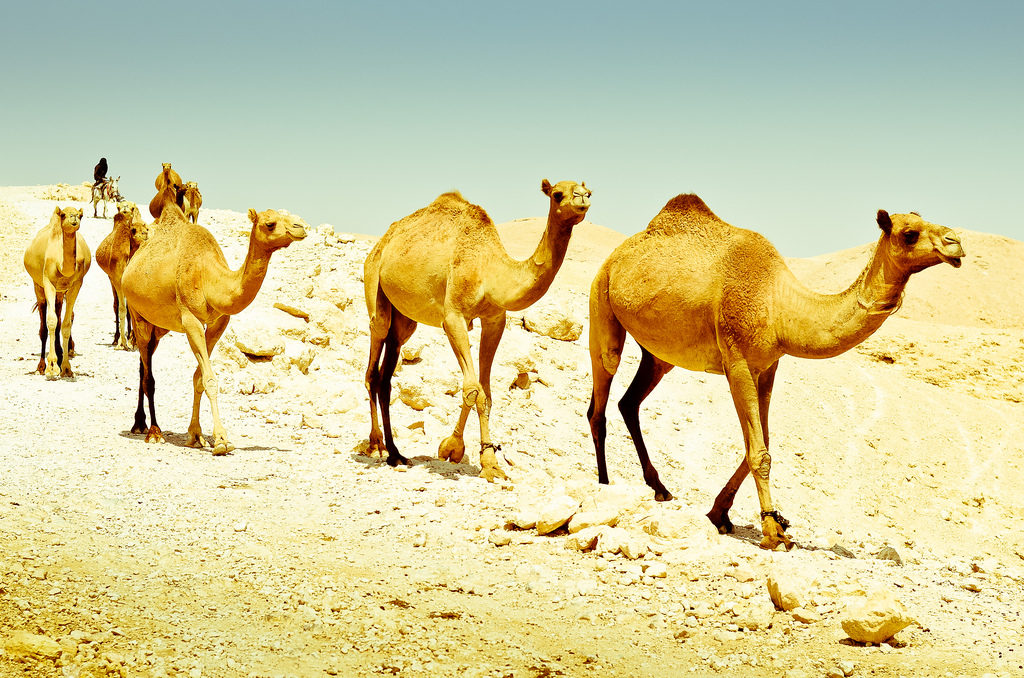
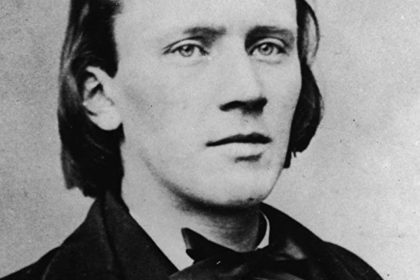


One Comment
Pingback:
December 28, 2017 at 1:36 pm